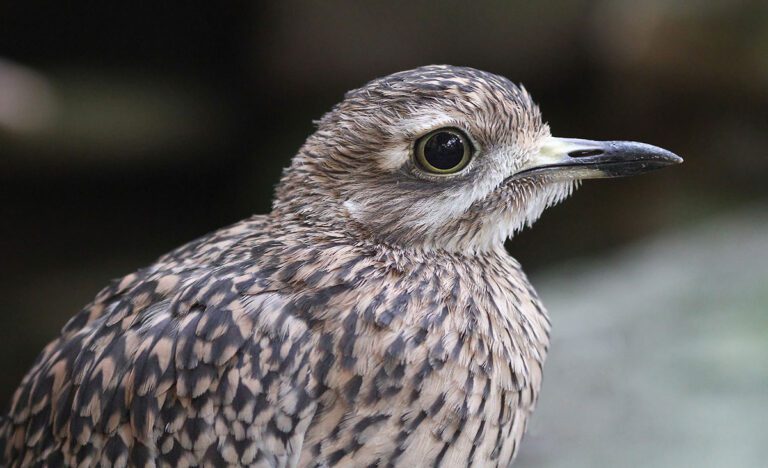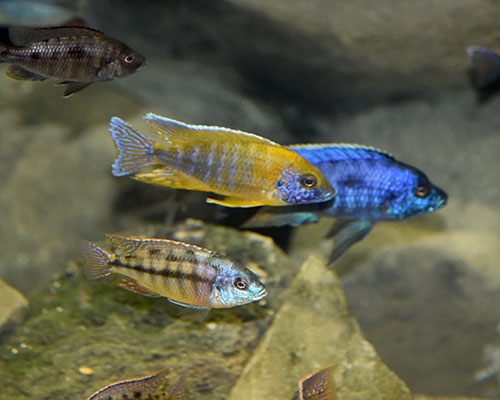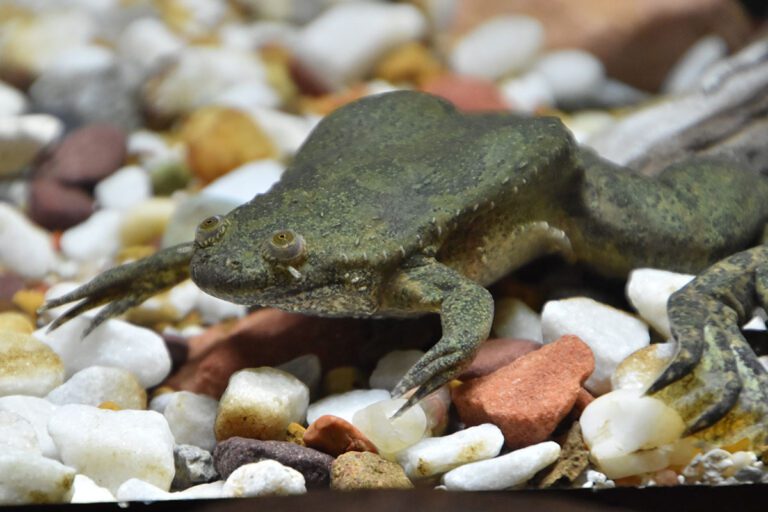

There are two cape thick-knees (also known as spotted dikkops) that reside at the Zoo, one male and one female. The male, born in 2010, arrived at the Zoo in 2011. The female was born in 2011 and arrived in 2012. The birds can be found in the aviary inside the Animals of the Savanna building.
The cape thick-knee eats mostly insects; foraging for them by repeatedly running forward, stopping, then jabbing the prey with their bill. Cape thick-knees will eat a variety of different beetles, weevils, moths and butterflies. They will also eat small amphibians, small mammals, thread snakes and white-fronted plover eggs and chicks.
International Union for Conservation of Nature (IUCN) Red List status
This species prefers dry grassland and savanna habitat, although it has been known to live in wetland areas and can be found in woodland fringes, low stony hills and urban habitats (parks, playing fields, etc.). Cape thick-knees show a remarkable ability to adapt to habitats altered by humans and because they are no longer considered a gamebird, they are unlikely to face any general decline in population.



































































Seneca Park Zoo Society is a tax-exempt 501(C)(3) nonprofit organization. Your gift is tax-deductible as allowed by law.
Seneca Park Zoo is a smoke-free facility.
Copyright © Seneca Park Zoo 2025